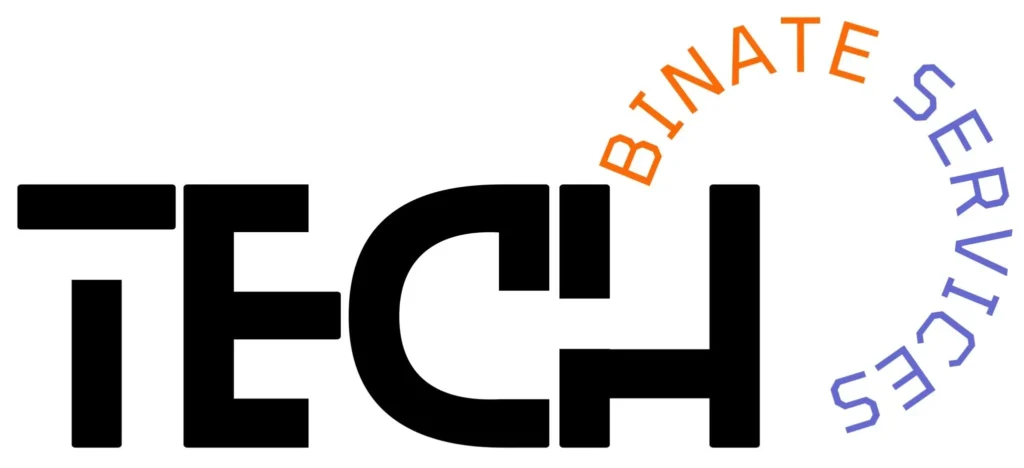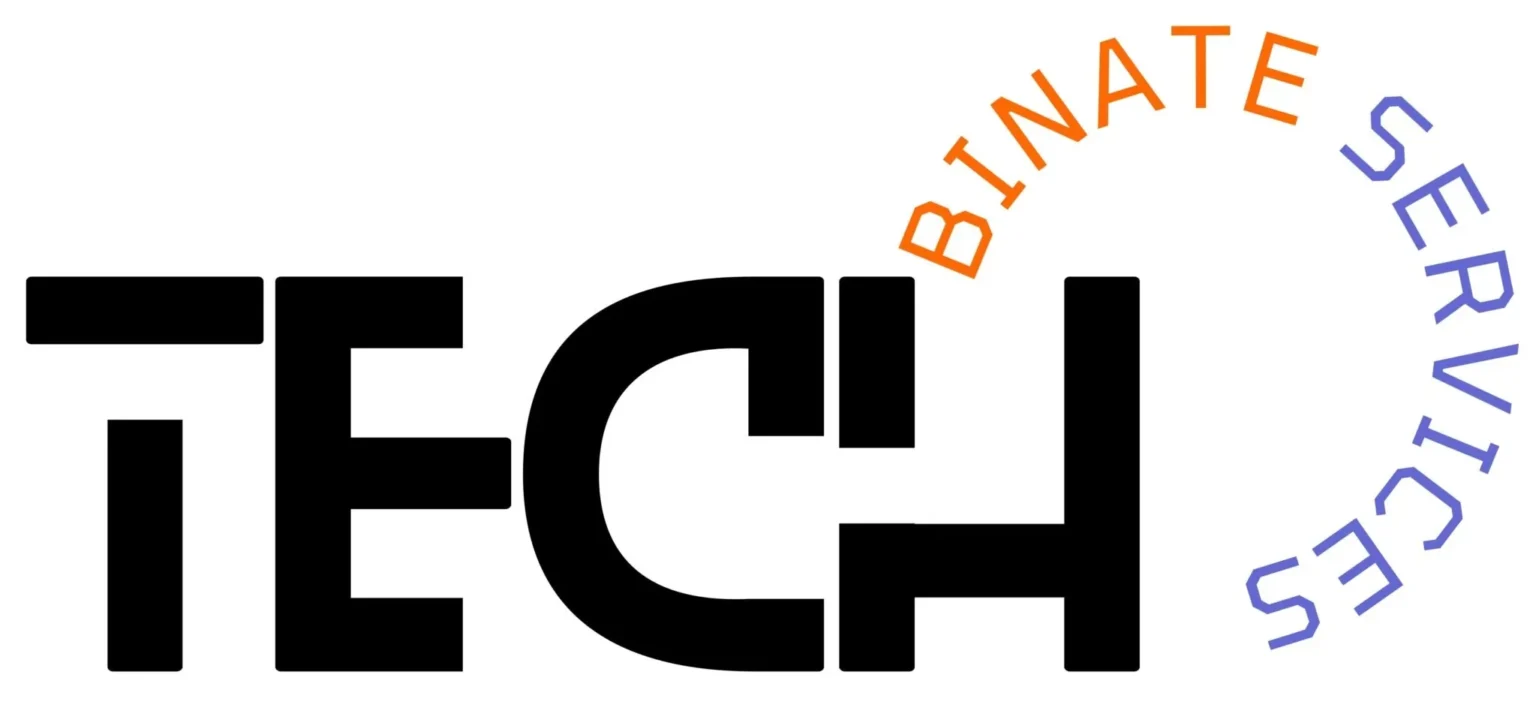Okay, so check this out—Polkadot feels different. Seriously. It’s not just another L1 with buzzwords; there’s an architectural choice here that actually matters for cross‑chain swaps. My first impression was: “Nice parachain toys,” but then I started routing real trades across chains and things snapped into place. Something felt off about the way people compare Polkadot to Ethereum-only DEXs. They’re not apples to apples.
Polkadot’s relay‑chain + parachain model gives DEXs a unique toolset. Low base fees, shared security, and native cross‑consensus messaging (XCM) let decentralized exchanges execute swaps that keep assets on their home parachains while still reaching liquidity everywhere. That changes how you think about slippage, liquidity fragmentation, and execution risk.
Here’s the thing. Cross‑chain on Polkadot isn’t just “bridge it and hope.” There’s an explicit message format and routing layer. That means swaps can be composable, atomic in many flows, and far cheaper than the multi‑hop, multi‑bridge nightmares you see elsewhere. But yes—there are caveats. Bridges still introduce trust surfaces and each parachain has its own token economics, so you have to be intentional about routes.

How Polkadot DEXs actually pull off cross‑chain swaps
At a high level: Polkadot DEXs leverage parachain channels and XCM to move messages and assets between chains. That can be done one of two ways—native asset transfers using parachain‑to‑parachain channels, or via a wrapped‑asset model that uses a trust‑minimized bridge. The former is cleaner when available. The latter is pragmatic when you need external liquidity, but it introduces the usual bridge risks.
When a user initiates a swap the DEX can route the trade through liquidity pools on multiple parachains, matching the best price and minimizing slippage. Execution can be orchestrated so funds don’t leave the user’s custody until the swap conditions are satisfied—if the DEX implements proper atomic flows. But not every DEX is built that way. Be picky.
One practical takeaway: route aggregation matters. DEXs that aggregate liquidity across parachains will usually beat isolated pools on price. That’s not magic; it’s routing. The DEX collects quotes, computes the optimal split, and executes across channels while accounting for weight limits and fee schedules.
Why fees and UX on Polkadot feel different
Low nominal fees are a real advantage. Transaction fees (weight fees) on Polkadot and many parachains tend to be tiny compared to mainnet L1 gas on congestion days. But here’s the nuance—weight limits, channel queues, and cross‑chain latency can add implicit cost. Still, overall you often save more than you lose.
UX is improving fast. Wallet integrations and multisig flows that used to be clunky are getting smoother. But: not every wallet supports XCM, not every parachain exposes the same UX hooks, and some chains still rely on manual bridging steps. If you care about seamless experience, pick DEXs and wallets that explicitly advertise native XCM support.
If you want to poke around a Polkadot DEX that emphasizes cross‑chain routing and low fees, check it out here. I like that it’s focused on native Polkadot flows rather than papering over things with risky bridges. I’m biased, sure—but testing it gave me fewer surprises than other cross‑chain setups.
Risks and tradecraft for DeFi traders
I’ll be honest—this part bugs me: people assume “low fees = low risk.” Not true. Risks you still have to manage:
- Bridge vulnerabilities when wrapped assets are involved.
- Liquidity fragmentation causing slippage on thin parachains.
- Channel congestion and message routing delays.
- Oracle and price‑feed latency across chains.
Workarounds: use trusted on‑chain liquidity aggregators, split large orders into smaller tranches, and prefer routes with proven channel reliability. Also—use limit orders or on‑chain orderbooks when available. AMMs are great, but for large size you want control.
On a gut level, my instinct said “don’t centralize your exposure to a single parachain.” So I diversify routing, keep an eye on on‑chain liquidity depth, and prefer DEXs that offer transparent routing tables. Initially I thought volume alone mattered, but then I realized execution certainty matters more—especially for big trades.
Design choices: AMM vs. orderbook vs. hybrid
On‑chain orderbooks can be efficient for cross‑chain when messages are fast, but they require tighter coordination. AMMs give instant execution and composability, but can suffer impermanent loss and fragmented pools. Hybrids—AMM liquidity with limit orders or concentrated liquidity—seem to be the sweet spot for many strategies.
For traders: if you’re doing arbitrage, speed and predictable routing win. If you’re a liquidity provider, look at token incentives, reward schedules, and whether the DEX rebases or redistributes fees cross‑chain. Incentives can mask poor fundamentals, so read the tokenomics like it’s your job—because it kinda is.
FAQ
How are cross‑chain swaps executed safely on Polkadot?
They use XCM and parachain channels to pass messages and assets. Native channel transfers avoid wrapped assets; when bridges are needed, reputable multisig or trust‑minimized bridges reduce risk. Always check whether the DEX supports atomic flows or if it relies on off‑chain coordination.
Are fees really lower than on Ethereum?
Generally yes. Base transaction costs are lower, but watch for weight‑based limitations and channel congestion. Net cost is usually favorable, especially for repeated or complex multi‑hop trades.
What’s the main security concern for Polkadot DEXs?
Bridge-related trust assumptions, poorly audited smart contracts on parachains, and economic exploits (oracle manipulation, MEV) are the top concerns. Prefer DEXs with audited code and transparent routing logic.
How to choose a Polkadot DEX as a trader?
Check for native XCM support, liquidity aggregation, fee structure, and audit history. Try small test swaps to validate routes and timing before scaling up. Keep private keys off custodial services; use hardware wallets when possible.
Alright—so where does this leave us? Polkadot DEXs are maturing into a practical option for cross‑chain DeFi, especially if you value low fees and composable liquidity. But the space is messy in places. On one hand, you get fast cheap swaps; on the other, you still face fragmentation and some bridge risk. My take: be experimental, but careful. Start with small positions, learn routing patterns, and favor DEXs that publish their routing strategies and audits. Not financial advice—do your own research, and yeah, test test test.


